Chapter 19
The Evolution of Populations
By Boundless
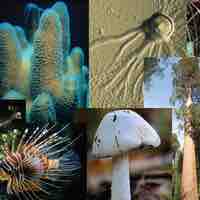
Genetic variation in a population is determined by mutations, natural selection, genetic drift, genetic hitchhiking, and gene flow.

Population genetics is the study of the distributions and changes of allele frequency in a population.
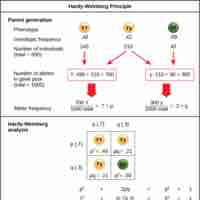
The Hardy-Weinberg principle can be used to estimate the frequency of alleles and genotypes in a population.
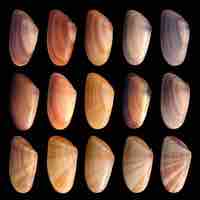
Genetic variation is a measure of the variation that exists in the genetic makeup of individuals within population.
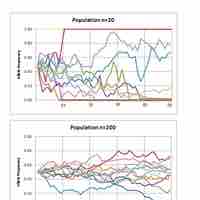
Genetic drift is the change in allele frequencies of a population due to random chance events, such as natural disasters.
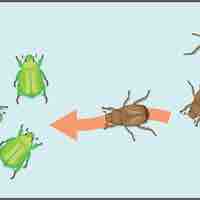
A population's genetic variation changes as individuals migrate into or out of a population and when mutations introduce new alleles.
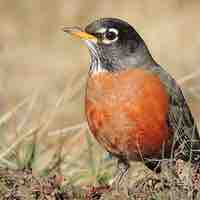
Population structure can be altered by nonrandom mating (the preference of certain individuals for mates) as well as the environment.
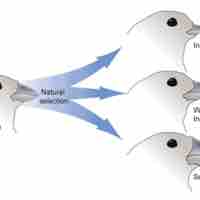
Natural selection drives adaptive evolution by selecting for and increasing the occurrence of beneficial traits in a population.
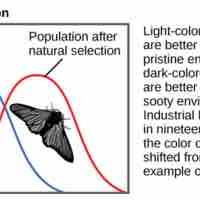
Stabilizing, directional, and diversifying selection either decrease, shift, or increase the genetic variance of a population.
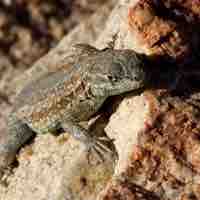
In frequency-dependent selection, phenotypes that are either common or rare are favored through natural selection.
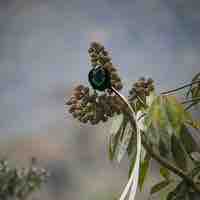
Sexual selection, the selection pressure on males and females to obtain matings, can result in traits designed to maximize sexual success.
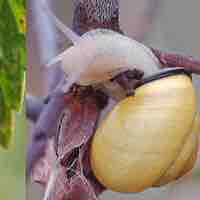
Natural selection cannot create novel, perfect species because it only selects on existing variations in a population.